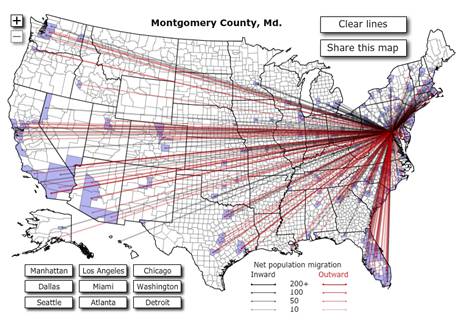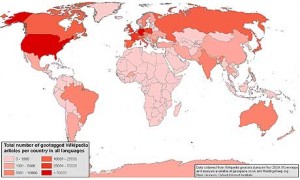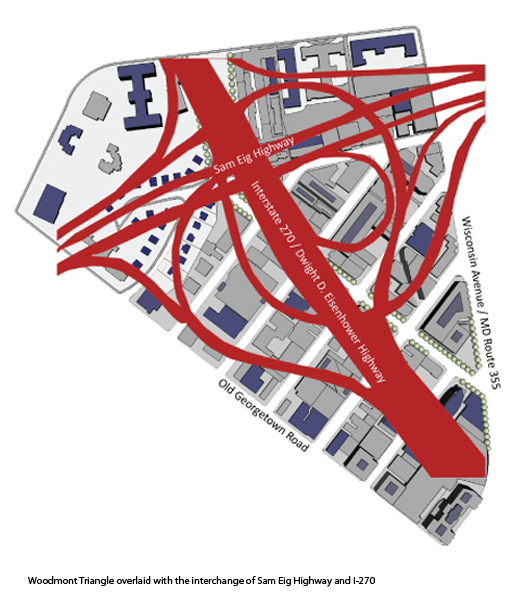
Ever wondered how the names of waterways vary from state to state? An interesting map now shows the differences in waterway toponyms in the United States.
The patterns of settlement across the country give reason to the difference. From the brooks of New England and the kills of New Netherland York to the bayous of New France Louisiana and the rios of New Mexico, the variety of names adds flavor to a diverse nation.
The stark differences, especially in the Mid-Atlantic and New England show how varied the histories of those regions are, despite their size.
The map shows creeks and rivers in gray, since those names are so common nationwide. Though sometimes things get mixed up. Consider Philadelphia’s … Continue reading


